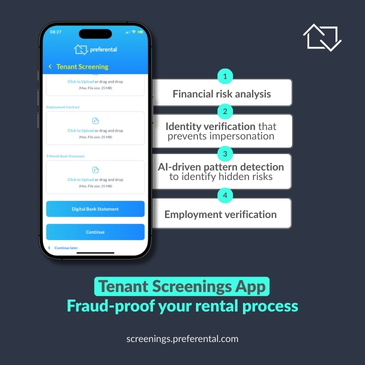Student Housing: Profitable, Risky, and Ripe with Potential
Top Takeaways
- Understand student-specific costs - Wi-Fi, transport, and private amenities are non-negotiable.
- Profit margins can outperform traditional rentals, but cost-to-income ratios are much higher.
- NSFAS remains both the biggest enabler and the greatest risk in the student housing model.
Understanding the Investment Metrics of Student Accommodation
Student accommodation is often misunderstood as a simple extension of affordable housing. In reality, it sits closer to the hospitality sector in complexity and cost structure. While traditional multi-residential rentals typically operate at 30–35% cost-to-income ratios, student housing can easily reach 50% or more particularly if you’re running a high-quality, compliant facility.
Key cost drivers include
- Private bathrooms and kitchenettes (dorm-style is outdated)
- High-speed, reliable Wi-Fi
- Shared spaces with security, cleanliness, and amenities
- Campus transport options
However, with the right model, returns can outperform traditional rentals, especially in high-demand nodes near universities and colleges.
Managing Operating Costs: What every Landlord must Know
TUHF Portfolio Manager Siya Jele notes that successful operators manage operating costs aggressively without compromising on quality.
Examples from TUHF-backed projects include:
- Smart lighting with motion sensors in common areas
- Key-card activated plugs/lights to mimic hotel-style power management
- Heat pumps over traditional geysers for energy efficiency
- Low-flow taps and showers to reduce water usage
- Building Management Technology (BMS) to monitor utility spikes
Smart OPEX control = higher NOI. But even the best systems can’t fix poor planning or failure to meet student expectations.
The NSFAS Factor: Blessing or Burden?
While NSFAS can unlock access to funding for thousands of students, it also represents the biggest operational risk for student accommodation investors.
Delayed or irregular payments from NSFAS, or the universities that administer the funds, can severely disrupt cash flow and loan repayment schedules.
Jele notes that a disproportionate number of TUHF’s impaired loans are tied to student housing, mostly due to NSFAS payment failures. When funding is delayed for months, landlords must continue maintaining services without receiving income.
NSFAS’s success or failure directly influences:
- Lender appetite for financing student housing
- Investor appetite for new developments
- Operational sustainability for property managers
Advice for Investors Going Forward
Despite the risks, student accommodation remains a compelling long-term opportunity, if approached strategically.
Here’s what savvy investors should keep in mind
- Treat it like hospitality, not housing. Students are customers with choices. Experience matters.
- Over-engineer cost planning. Build in every line item: Wi-Fi, transport, utilities, furniture, maintenance.
- Location isn’t everything. Demand exists beyond traditional universities. TVET colleges are a massive, underserved growth market.
- Avoid NSFAS dependence. Diversify your student base where possible or build in funding risk buffers.
- Design for flexibility. Avoid outdated dorm layouts, students demand privacy, independence, and speed.
With market demand estimated at over 500,000 beds, and the sector still largely under-supplied, the upside is real. But those entering the market must be clear-eyed about the risks and laser-focused on creating sustainable, student-centric solutions.






.avif)

.avif)


.avif)

.avif)




.svg)


.avif)

.avif)







%20.avif)








.avif)
%20.avif)
